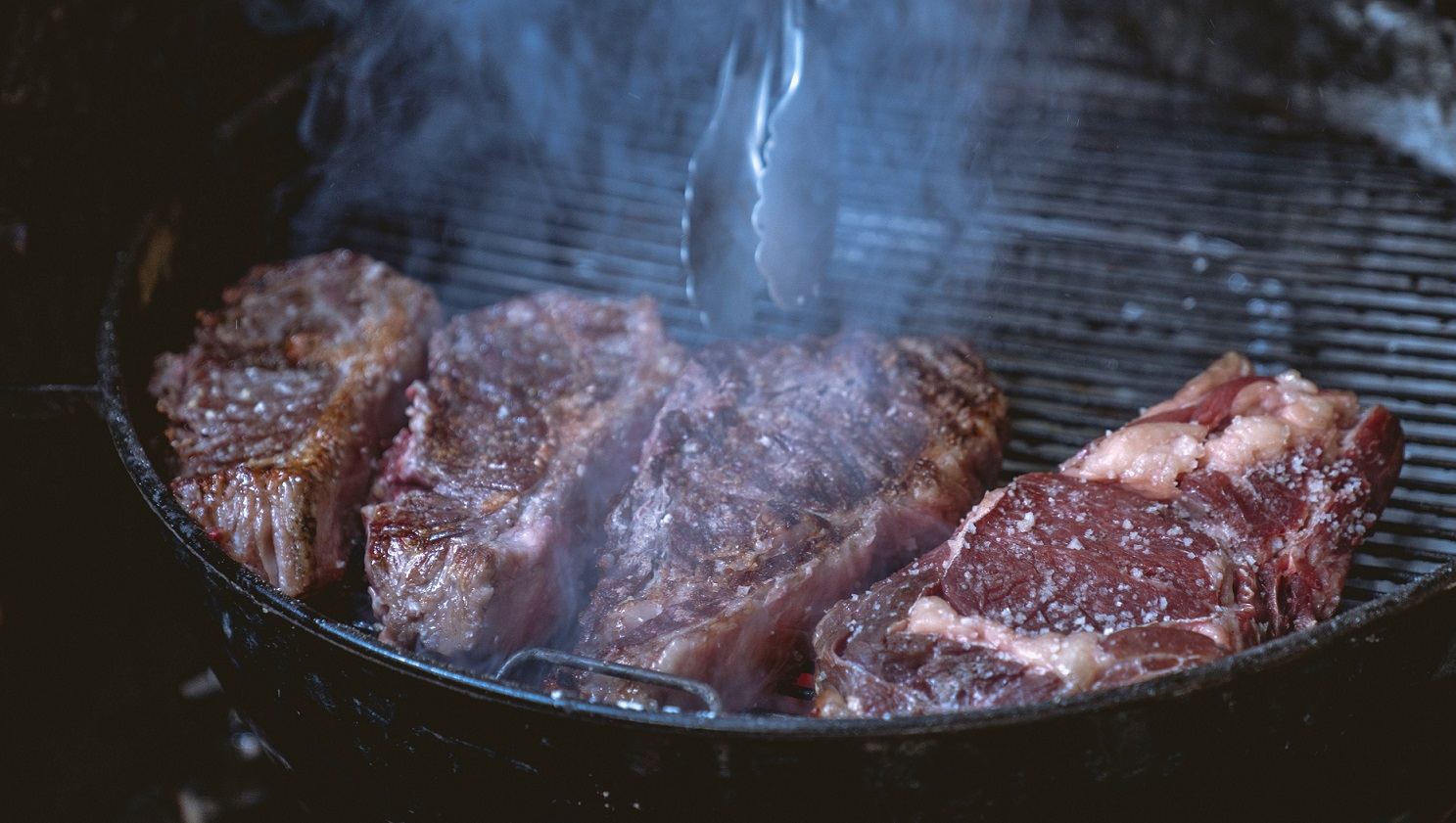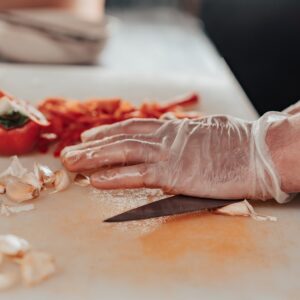Meat has been a staple food for humans since ancient times, providing a valuable source of protein and essential nutrients. However, raw meat can also contain harmful bacteria, viruses, and parasites that can cause serious illnesses. This is why cooking meat is an essential step in ensuring it is safe to eat.
The act of cooking meat is a complex process that involves various physical and chemical changes. The high temperatures used during cooking help to kill any harmful microorganisms present in the meat. Additionally, cooking meat can also improve its flavor and texture, making it more enjoyable to eat.
One of the main reasons why meat needs to be cooked is to kill harmful bacteria. Raw meat can be contaminated with a range of microorganisms, including Salmonella, E. coli, and Campylobacter. These bacteria can cause food poisoning, which can lead to symptoms such as nausea, vomiting, diarrhea, and fever. In severe cases, food poisoning can be life-threatening, especially for vulnerable individuals such as young children, pregnant women, and people with weakened immune systems.
Cooking meat to the correct temperature can kill these harmful bacteria and reduce the risk of food poisoning. The recommended cooking temperature for different types of meat varies, but generally, the internal temperature should reach at least 145°F (63°C) for beef, pork, and lamb, and 165°F (74°C) for poultry.
Another reason why meat needs to be cooked is to destroy any parasites that may be present. Parasites are organisms that live on or inside other organisms and can cause disease. Some examples of parasites that can be found in raw meat include Toxoplasma, Trichinella, and Taenia. These parasites can cause a range of illnesses, from flu-like symptoms to more serious conditions such as blindness and brain damage.
Cooking meat to the appropriate temperature can kill these parasites and make the meat safe to eat. Freezing meat can also help to kill some parasites, but it is not a reliable method of ensuring safety, as not all parasites are killed by freezing.
In addition to making meat safe to eat, cooking can also improve its flavor and texture. The high temperatures used during cooking cause the proteins in meat to denature and coagulate, leading to a change in texture. This can make the meat more tender and easier to chew.
Cooking can also cause the Maillard reaction to occur, which is a chemical reaction between amino acids and reducing sugars that creates a brown color and distinctive flavor in cooked meat. The Maillard reaction is responsible for the delicious flavor and aroma of grilled or roasted meat.
Cooking meat can also help to break down any collagen and connective tissue present in the meat. This can make the meat more tender and easier to digest. Slow-cooking methods such as braising or stewing can be particularly effective in breaking down tough meat fibers and creating a delicious and satisfying meal.
Cooking meat is essential for ensuring it is safe to eat and also plays a vital role in improving its flavor and texture. Raw meat can contain harmful bacteria, viruses, and parasites that can cause serious illnesses. Cooking meat to the correct temperature can kill these microorganisms and make the meat safe to eat. Additionally, cooking meat can also improve its flavor and texture, making it more enjoyable to eat. Whether you prefer your meat rare or well-done, cooking it properly is an essential step in creating a delicious and satisfying meal.
The Basic Rules For Cooking Meat
Cooking meat is an art that requires knowledge, skills, and patience. Whether you are a beginner or a seasoned cook, it is essential to follow some basic rules to ensure that your meat dishes turn out perfectly every time. Here are some of the basic rules for cooking meat:
Choose the right cut of meat: The cut of meat you choose can make a significant difference in the flavor and texture of your dish. Some cuts are better suited for grilling, while others are best for slow cooking or braising. For example, tenderloin, ribeye, and sirloin are excellent cuts for grilling, while chuck, brisket, and shank are better suited for slow cooking.
Let the meat come to room temperature: Before cooking, it is essential to let the meat come to room temperature. This allows the meat to cook more evenly and prevents it from becoming tough. Take the meat out of the refrigerator at least 30 minutes before cooking and let it sit on the counter.
Season the meat: Seasoning is a crucial step in cooking meat. Salt and pepper are the basic seasonings that can enhance the flavor of meat. You can also use herbs, spices, and marinades to add more flavor to your dish.
Use the right cooking method: The cooking method you choose will depend on the cut of meat and the desired outcome. Grilling, broiling, roasting, and pan-frying are excellent methods for cooking steaks, chops, and other cuts of meat that are tender and cook quickly. Slow cooking methods such as braising and stewing are better suited for tougher cuts of meat that require longer cooking times.
Use a meat thermometer: Using a meat thermometer is the most reliable way to ensure that your meat is cooked to the appropriate temperature. Insert the thermometer into the thickest part of the meat, away from any bone, and check the temperature. The recommended temperature for different types of meat varies, but generally, the internal temperature should reach at least 145°F (63°C) for beef, pork, and lamb, and 165°F (74°C) for poultry.
Let the meat rest: Letting the meat rest after cooking allows the juices to redistribute and makes the meat more tender and juicy. Remove the meat from the heat source and let it rest for at least 5 minutes before slicing or serving.
Don’t overcook the meat: Overcooking meat can make it tough and dry. It is essential to cook the meat to the appropriate temperature and avoid overcooking it. Use a meat thermometer to check the internal temperature and remove the meat from the heat source when it reaches the desired temperature.
Cooking meat requires following some basic rules to ensure that it turns out perfectly every time. Choosing the right cut of meat, letting it come to room temperature, seasoning it, using the right cooking method, using a meat thermometer, letting it rest, and not overcooking it are some of the essential rules for cooking meat. By following these rules, you can create delicious and satisfying meat dishes that are sure to impress your family and friends.




